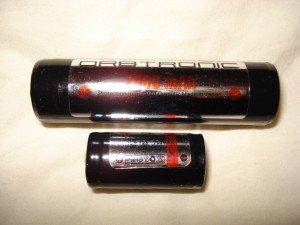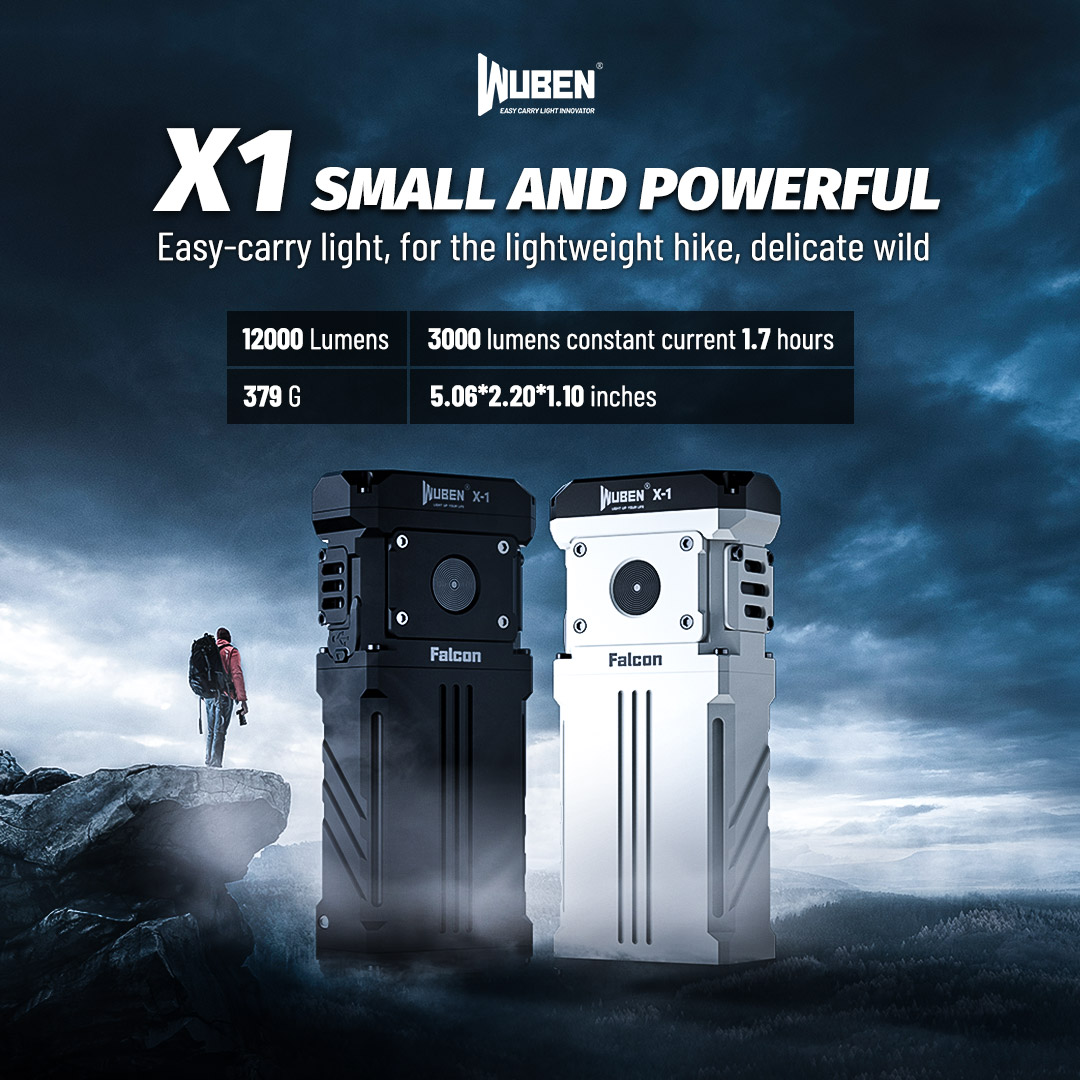Rechargeable batteries are a good investment, for whatever the devise they might be intended for. But, there’s often confusion, since they come in several different forms. Let’s take a closer look at some of the different types of rechargeable batteries and hopefully it’ll make a bit more sense.
First of all, and this is a biggie — you must understand that there are TWO main types of battery chemistry. Nickel Metal Hydride (commonly branded as NiMH) and Lithium-ion, or Li-ion for short.
NIMH
Basically, these are for use in any device that would normally accept an alkaline AA or AAA cell. Disposable cells normally operate at 1.5 volts. NiMH cells operate at 1.2 volts. This doesn’t mean too much in terms of power. Although SOME devices may clearly state that they NEED 1.5v to operate correctly. Such devices are the exception to the rule. If they don’t specify, then a 1.2v rechargeable should work just fine.
Sometimes, NiMH cells will be sold with an accompanying charger. The pictured NiMH Eneloop cells are among the most favored by people who count on rechargeable AA’s. Eneloops are a ‘low self discharge’ cell, and will retain the balance of their power for extended periods…even when unused. For the most part, they’re only available from online merchants. You may click here to purchase them from Amazon.
Most any store that sells batteries, whether they have either Duracell or Energizer, should also sell the NiMH variety.
Rechargeable Lithium-Ion
Li-ion is an entirely different chemistry. Most RECHARGEABLE lithium batteries for sale online, operate at 3.7 volts. Two of the most popular sizes are pictured. Most laptop computers will have the larger 18650 batteries housed within their battery unit.

Two popular types of lithium batteries.
18650 (top) 16340 (bottom)
Many of today’s LED flashlights that use Lithium-ion as their main power source will take the two types pictured. The smaller 16340 cell (also known as RCR123) is the rechargeable version of a (disposable) CR123 battery. The “CR”s are available at many big-box stores. The “RCR”s are ONLY available online!!
Those pictured are all 3.7 volts but have different power capacities. You’ll see number sets such as; 2400, 2600, 2900, 3100 and 3400. The higher the number sequence, the more power they’ll be able to offer once fully charged. As I said, they’re most commonly used for high-lumen handheld LED flashlights.
Another Li-ion battery size is the 14500 cell. This is IDENTICAL (in look and size) to either a standard AA or an NiMH (AA) cell. It’s rechargeable and just like the others, runs at 3.7 volts but IS ONLY TO BE USED IN A DEVICE THAT CAN ACCEPT A HIGHER VOLTAGE THAN A STANDARD AA. The only two devices that I am aware of, that CAN use this cell would be either an *LED flashlight, or an eCigarette. I am open to correction if anyone knows of any other uses.
*Please note; Any LED flashlight that can accept a 14500 is basically a “AA” light which can accept voltages upwards of 4.0 volts.
Although Lithium-ion batteries are an excellent investment, they also require a bit of extra care. This article provides an in-depth look at what you need to know before using lithium batteries.
Click here to shop a great selection of NiMH and Lithium batteries





